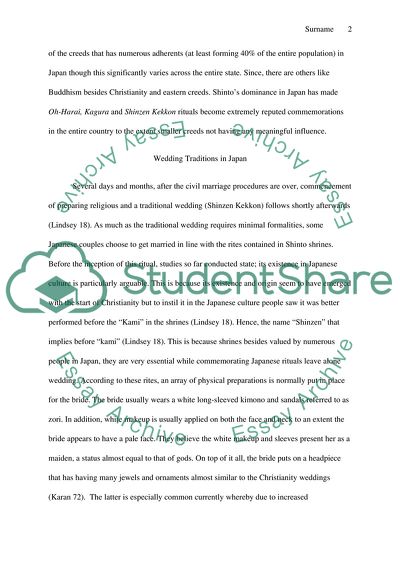Cite this document
(Shinto Religion Rituals Essay Example | Topics and Well Written Essays - 1750 words, n.d.)
Shinto Religion Rituals Essay Example | Topics and Well Written Essays - 1750 words. https://studentshare.org/religion-and-theology/1846883-shinto-religion-rituals
Shinto Religion Rituals Essay Example | Topics and Well Written Essays - 1750 words. https://studentshare.org/religion-and-theology/1846883-shinto-religion-rituals
(Shinto Religion Rituals Essay Example | Topics and Well Written Essays - 1750 Words)
Shinto Religion Rituals Essay Example | Topics and Well Written Essays - 1750 Words. https://studentshare.org/religion-and-theology/1846883-shinto-religion-rituals.
Shinto Religion Rituals Essay Example | Topics and Well Written Essays - 1750 Words. https://studentshare.org/religion-and-theology/1846883-shinto-religion-rituals.
“Shinto Religion Rituals Essay Example | Topics and Well Written Essays - 1750 Words”. https://studentshare.org/religion-and-theology/1846883-shinto-religion-rituals.


